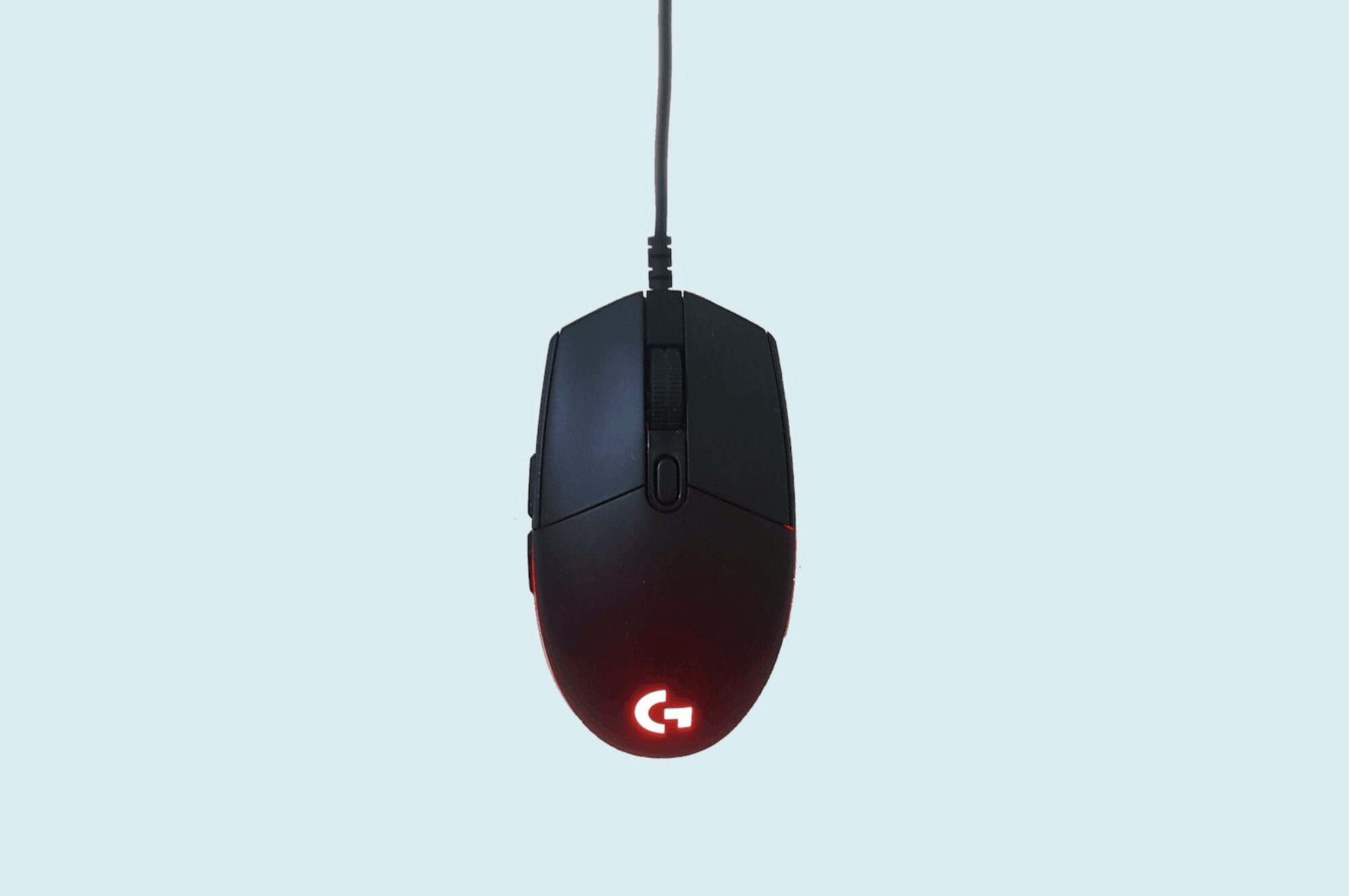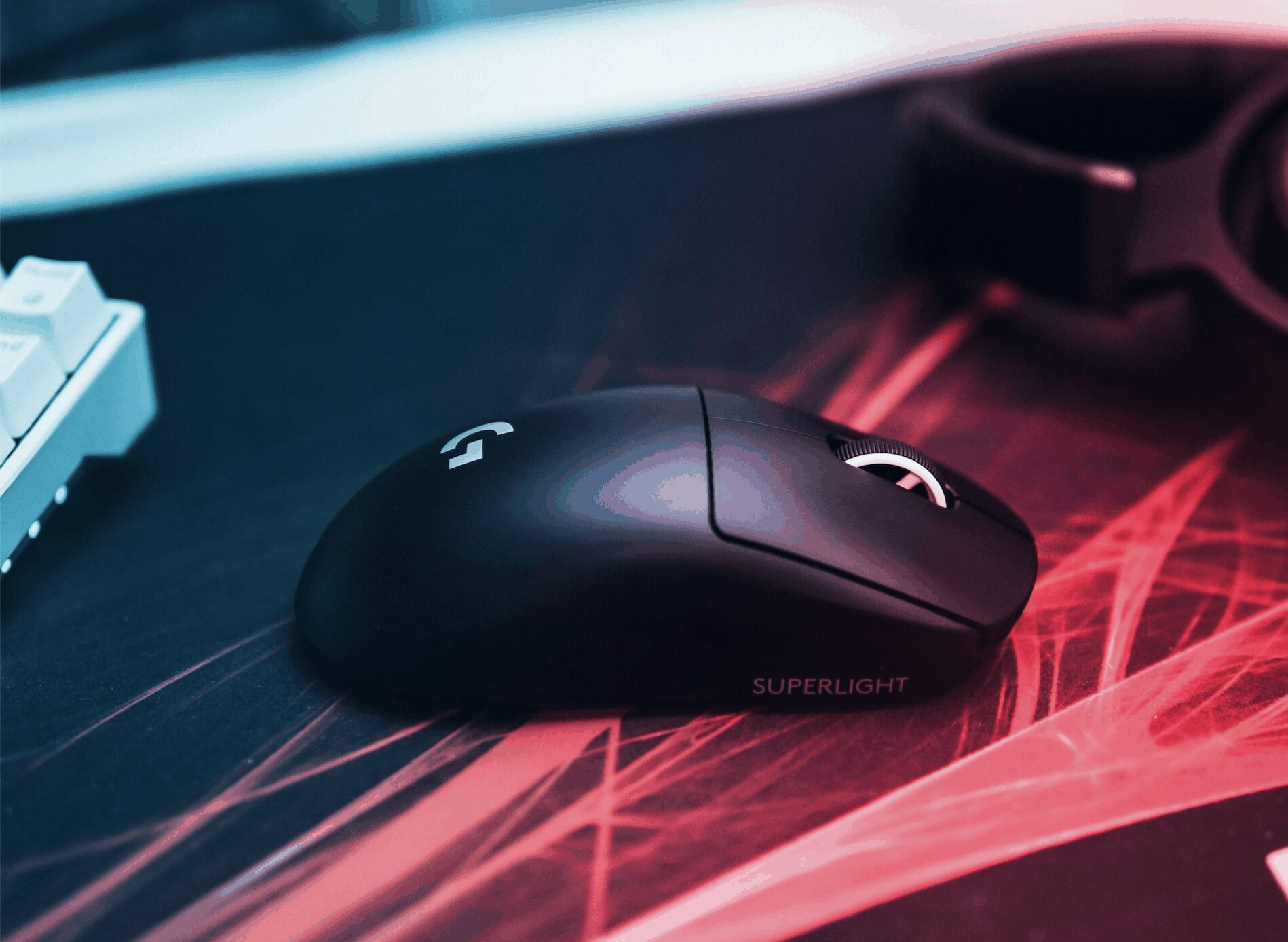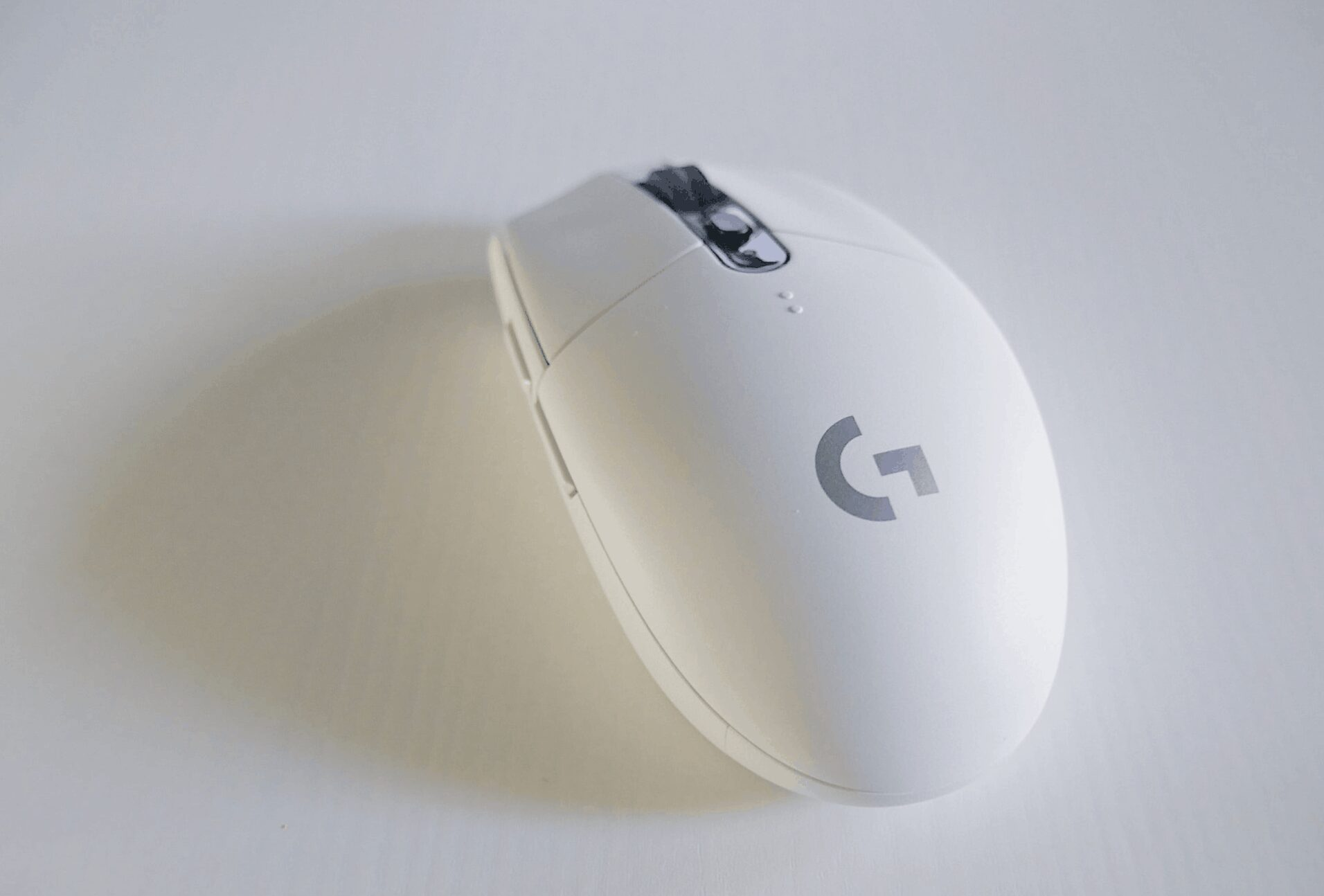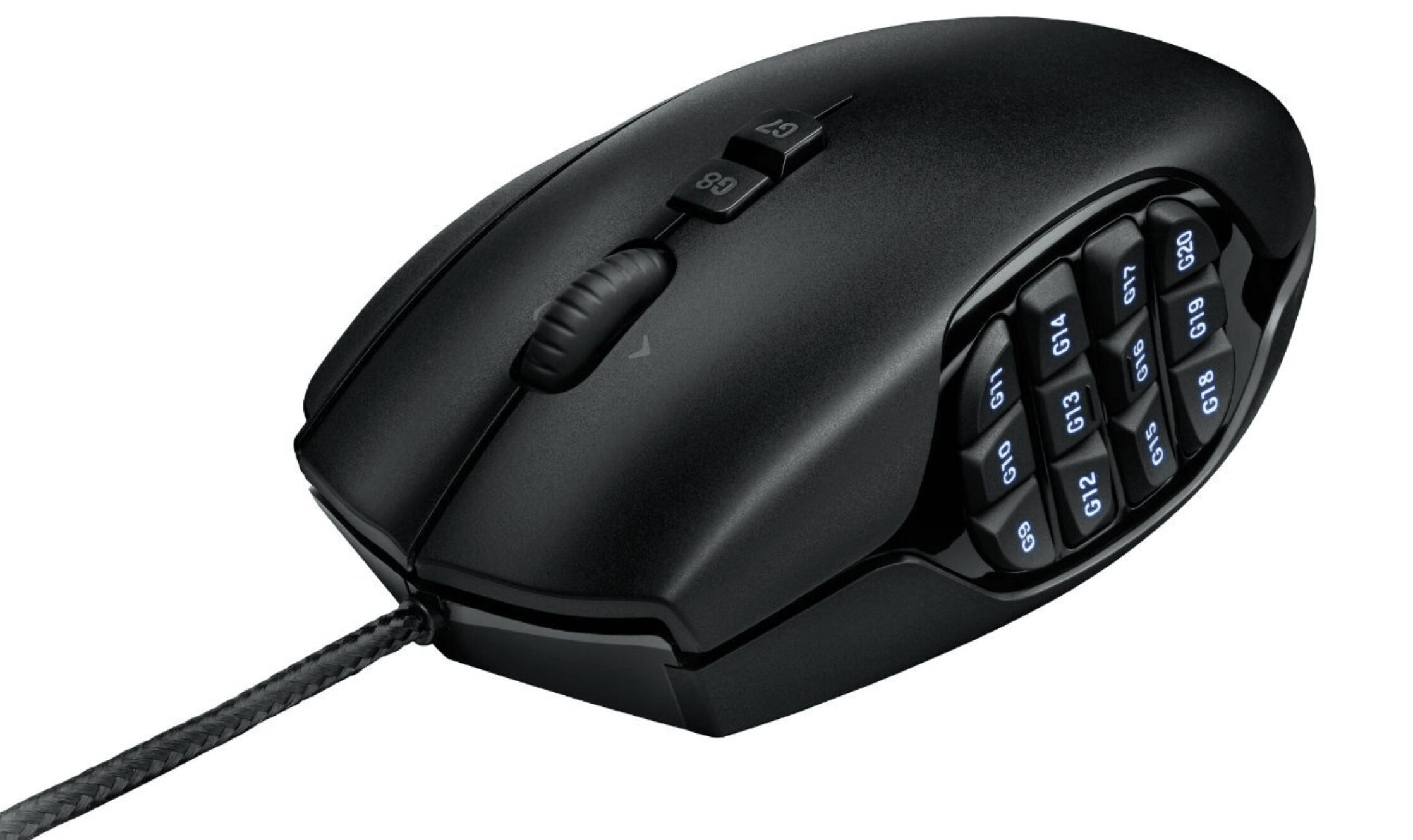In the gaming community, it is arguable whether it is the players that determine which direction the market moves toward or the companies that are supposed to cater to their needs. We all remember the DPI race between the main players in the gaming mouse sphere. Every year, the competitors came up with a sensor capable of a few thousand more DPIs to one-up the other company’s offering. And for a while, gamers fell for it; showing that gamers, just like any other community, are susceptible to branding gymnastics that aim to divert the players’ attention to gimmicks that don’t make much of a difference in the performance of the product.
It is an unfortunate and inevitable truth that, in many industries, brands come up with gimmicks that don’t address consumer needs. The way you, as a gamer, can protect yourself against such marketing gimmicks is by educating yourself as to what is required of a product you consider purchasing. In this article, we aim to help by addressing a few of myths about gaming mice to help you in the process of finding the right mouse.
We will start with the most common and easily debunked among the myths about gaming mice.

1. Higher DPI mice have more powerful sensors
Short answer: Performance and accuracy of a mouse sensor has nothing to do with its DPI number. In fact, crazy high DPIs made for sensors that are not up to par can have an adverse effect on its performance. Anything beyond 5000-6000 is overkill and should not be a determining factor in your purchasing decision.
Firstly, what is a mouse sensor?
At its core, a mouse sensor is a simple CMOS imaging sensor, not too dissimilar from the sensor found in your phone’s camera (except it has no color depth). This sensor takes images of the surface below the mouse and based on the data it gets from the reflection of the light (visible or invisible, laser or optical) it analyzes thousands of images in one second and translates it into the movement of the cursor.
What phone and mouse manufacturers have in common
DPI numbers and how they have been abused in marketing material are not too dissimilar from what phone manufacturers have been doing with the mega-pixel count of the cameras in their phones. You will see 64MP or even 100MP sensors on mid-range phones that look impressive on paper but when you compare their images with those taken with a 12MP iPhone camera, you will often be grossly underwhelmed by the results. Mouse manufacturers use similar approaches in marketing their DPI, even though adding more thousands to the mouse’s DPI count has virtually no real-world benefit to the user.

Up-close and personal with DPI
Let’s say your mouse travels one inch to the right. The CMOS imaging sensor in your mouse has taken thousands of pictures and based on its DPI (or CPI which stands for Counts Per Inch, a bit more appropriate) it has divided that one inch into, let’s say, 840 pixels with a size of 30 microns. This would mean that your mouse is working at 840 DPI/CPI.
However, if you wanted to bump up the DPI, you can simply subdivide the pixels which would technically give you a higher DPI to put onto the product page of the mouse as bragging rights. But one issue may occur as a result. As the pixels get smaller and smaller, the tolerance of those pixels to noise also decreases; meaning that whereas a 30 micron pixel would ignore a tiny bit of noise in parts of the pixel, if you cut up the 30 microns enough times, eventually you will get to a pixel so small that it is only noise and nothing else. This would translate into an incorrect reading of movement. But do not worry about this theoretical dip in performance, as the sensors will work just fine in lower DPIs, i.e., the DPIs that people actually use. Anything above 4000 DPI is redundant for most users.
In short, don’t sweat over the DPI count of the mouse too much. You most likely end up using no more than a fifth of its maximum capability anyway.

2. Higher polling rates are always better
Short answer: Higher polling rate does translate into faster performance, but past 1000hz, the below-1ms difference is so imperceptible that we can confidently say it is not worth your attention.
The claim above is partially not a myth. However, if you know about the Law of Diminishing Returns, you will know where we are going with this.
The standard polling rate in high-performing gaming mice is expected to be at 1000hz. At this polling rate, the delay between your hand movement and the cursor moving is 1ms; which is to say, the lag is effectively imperceptible. The very few models on the market that have polling rates above 1000hz, like 4000hz or even 8000hz, will technically reduce the input lag, but just by 0.75 and 0.875 respectively. These are not numbers that you can actually notice in game, or anywhere else for that matter.

However, there is certainly a case to be made for going with a mouse with a maximum polling rate of 1000hz over one with 500hz. That 500hz difference is just barely noticeable in high-octane shooters where pinpoint precision is key. The difference is not necessarily the 1ms difference between the two polling rates, rather it is more related to how sensitive the mouse becomes to hand jitters at different polling rates. At 500hz, the mouse does not pick up your hand jitters quite as much as it does at 1000hz. This difference becomes more apparent the lighter the mouse gets. But in general, even then, if you don’t have especially jittery hands, the difference isn’t noticeable, especially in mice above 80 grams.
In short, 1000hz polling rate has thankfully become standard in most gaming mice, especially those made by reputable brands. But if you are going out of your way to find a mouse with a polling rate above that number, thinking it will somehow boost your K/D/A, you are probably being fooled by marketing gimmicks––unless you are The Flash and your perception of time just works differently than the average gamer.
3. Wired gaming mice are always faster than wireless gaming mice
This used to be a fact, but nowadays, it is not that simple anymore. While it is still true that gaming mice that connect via Bluetooth are still behind wired mice simply because of the limitations of Bluetooth, the same cannot be said about mice using the other wireless connection type. 2.4Ghz-enabled wireless mice that come with a dongle have made great strides in reducing input lag over the past few years. Perhaps the greatest stride made in recent memory was made by the Logitech G900 (now succeeded by the G903 Lightspeed), which was the first wireless gaming mouse to push the boundaries of what was possible with wireless gaming mice.
From that point on in 2016, the line between wired and wireless gaming mice have gotten blurrier and blurrier. Now, you can be confident that when you pick a top-of-the-line wireless gaming mouse from reputable brands, you shouldn’t worry about the mouse falling asleep after some inactivity or the mouse performing slower than its wired counterpart. The speedy DNA of the G900 lives on in Logitech’s other wireless gaming mice, such as the ultralight G Pro X or the ambidextrous G305 and the flagship G903.
Bear in mind though, that while wireless mice are great for convenience––no wires and all––they are in turn generally heavier than wired mice (except for the unbelievably light G Pro X that comes in at just shy of 64 grams). So, if having a lightweight mouse is a priority for you, you should probably still investigate wired mice (again, unless you are looking at the G Pro X).

4. More programmable buttons are always more useful
Short answer: If you can’t immediately think of a hotkey or a macro to assign to each of the extra buttons you see on the mouse’s product page, you are most likely not going to use them all, which is a waste at best, and a distraction at worst.
While it may look like you will absolutely find a use-case scenario for as many buttons as you will get on your new mouse, this may very well prove to be false later as you try to find one for each button. We are certainly not denying the usefulness of a couple of extra buttons on the side of the mouse or even below the middle click, but we are making an argument that there is such a thing as too many buttons.
I personally use four programmable buttons out of the extra six that I get on my very old but very sturdy Logitech G502. One is used as double click, second replicates the escape button, third opens “My Computer,” and the last goes “back”. I have two more buttons that I simply do not use; even though when I was repurposing the extra buttons in the app, I assigned a command to them that I thought I would use.
Our suggestion is this: without looking at any mouse, think of the hotkeys that you would want, or even need, to have on your mouse. This should prepare you against marketing material that centers around “look how many buttons we have added to this mouse! Isn’t that crazy?!”.
5. Mouse acceleration… in general!
There is no short answer to this one!
Our final myth to bust on this list is the most elusive of concepts when it comes to gaming mice or mice in general.
Mouse acceleration, in general, is seen as evil in the gaming community. In short, mouse acceleration is a process that can be defined as the mouse interpreting your hand motion differently at different speeds, particularly in fast motions that cause unwanted movements of the cursor/reticule, usually in the same direction, but more than intended. We can see how obviously frustrating such a concept can be to gamers of any kind, particularly when aiming is involved. The least damage it does is that you probably won’t be able to execute that sweet 360-no-scope game-winning KillCam!

It’s all about the resolution
The real issue with mouse acceleration has nothing to do with any form of multiplication of movements or “acceleration” in its literal meaning. What really happens is a matter of “resolution error versus speed”, as Francois Morier, a lead designer of mouse sensors at Logitech calls it. He said that “acceleration” is not an innate trait of the mouse sensor, rather it is a difficulty that the mouse has reading the surface with the same accuracy at different speeds.
Imagine you are moving your mouse 3 inches to the right, and then 3 inches to the left, then returning it to its original place. The cursor/reticule should ideally be back to exactly where it was prior to the movement. This happens all the time if you are not moving the mouse too fast as the imaging sensor of the mouse can analyze the surface below it clearly.

But if you move the mouse too fast in either direction, the many snapshots that the imaging sensor in the mouse takes of the surface below are going to have a lot more noise because of the fast movement (think of the blurry photos you have taken of moving objects). The noise that gets picked up by the mouse sensor, in its simplest form, will be translated into movements that are not necessarily in the “right” direction. So, when you perform the mouse movement cycle mentioned above too fast, you may see that the cursor does not return to its original place. This example puts Morier’s description into context.
Resolution, in mouse terms, is essentially the accuracy of translation of mouse movements. This resolution may drop because of sudden movement; hence, Morier’s use of the phrase “resolution error versus speed”.

Final words.
A common characteristic among the myths mentioned in this article is that they are created by mouse manufacturers themselves as a ploy to sell more of their newest units. In many cases, that same company completely forgets about a feature that they were peddling with their previous year’s model because they realize that the market has become aware of the gimmicky nature of the feature that they were pushing. This will usually cause them to come up with their next idea to cause a ruckus in the market; whether that idea addresses a real existing issue, or it creates one to solve it, depends mostly on the professionalism of that manufacturer.
Our final suggestion, after reading this article and paying attention to how marketing tricks are used in the absence of awareness, is to avoid taking companies’ claims at face value. Look for reviews before you buy the shiniest new mouse on the market to see whether its newest “groundbreaking” feature works as advertised or even makes a difference at all.
Interested in learning more about gaming mouse products?
As an official distributor of Logitech products in the region, Newcom offers a wide range of Logitech products, including those featured in this article.
If you are interested in any of the products discussed in this article, please make sure to check out our products page. For further information or any inquiries, make sure to directly call us or reach out through our contact us page.
To make sure you are the first to find out about the latest Logitech releases in the region, be sure to frequently check out our blog posts.

